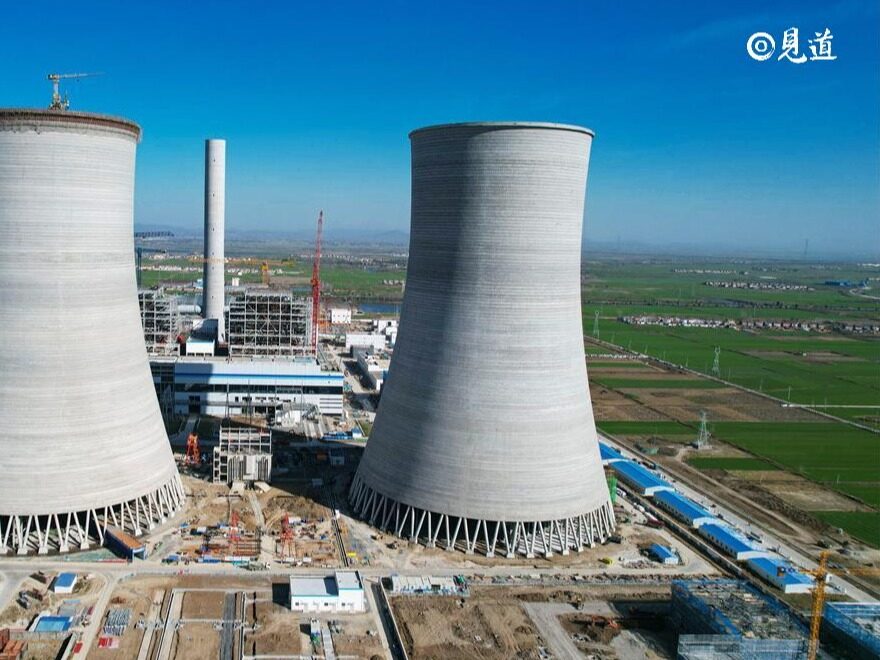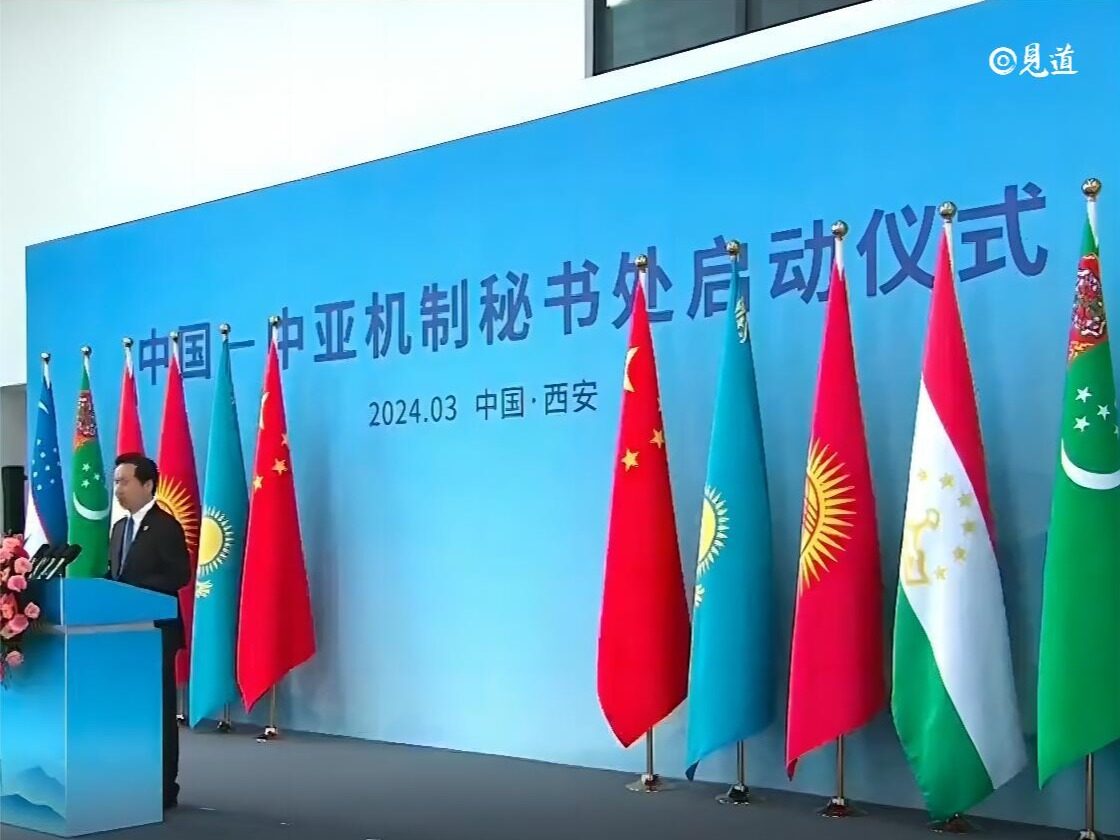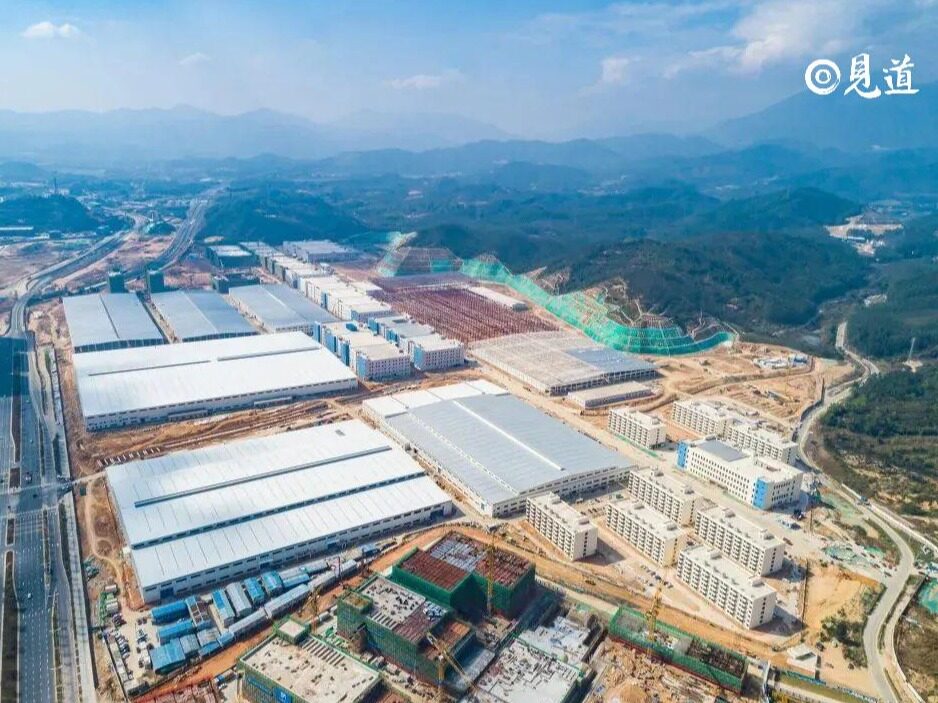
- With the completion of Hualong No. 1 and Baihetan Hydropower Station, China has built the world’s largest clean power generation system
The "Hualong No. 1" nuclear power unit was put into commercial operation, all units of the Wudongde Hydropower Station were put into operation, and the first batch of units of the Baihetan Hydropower Station were put into operation. At a press conference held by the State Information Office a few days ago, the person in charge of the Ministry of Ecology and Environment stated that China has built the world's largest clean power generation system.
As of the end of July 2021, the national installed capacity of non-fossil energy power generation was 1.03 billion kilowatts, a year-on-year increase of 18.0%, equivalent to the installed capacity of more than 40 Three Gorges power stations, accounting for 45.5% of the country’s total installed power generation capacity, an increase of 3.3 percentage points year-on-year. China's clean and low-carbon process has been accelerating, and many indicators such as hydropower, wind power, photovoltaics, and nuclear power under construction have maintained the world's number one position.
The supply capacity of clean energy continues to expand. Looking at the scale of installed capacity, as of the end of July 2021, China’s installed hydropower capacity was 380 million kilowatts, a year-on-year increase of 4.9%; nuclear power installed capacity was 53.26 million kilowatts, a year-on-year increase of 9.2%; wind power installed capacity was 290 million kilowatts, a year-on-year increase of 34.4%; solar power installed capacity The capacity is 270 million kilowatts, a year-on-year increase of 23.6%; the installed capacity of biomass power generation is 34.09 million kilowatts, a year-on-year increase of 31.2%. Looking at the total amount of power generation, in the first half of the year, the cumulative power generation of hydropower, nuclear power, wind power, and solar power increased by 10.2% year-on-year. Looking at power investment, in the first 7 months, the completed investment in clean energy such as hydropower, nuclear power, and wind power accounted for 91.7% of the completed investment in power.
The level of clean energy utilization continues to increase. In the first half of the year, the water energy utilization rate of major river basins nationwide was 98.43%, the national average wind power utilization rate was 96.4%, and the national average photovoltaic power generation utilization rate was 97.9%, an increase of 0.07, 0.3, and 0.07 percentage points respectively over the same period in 2020. The layout of wind power and photovoltaic installations has been continuously optimized. Development and construction have been promoted from resource-concentrated areas to load-concentrated areas, and shifted from centralized and contiguous development to simultaneous development of centralized and decentralized development. From the perspective of newly installed wind power capacity in the first half of the year, the central and eastern and southern regions accounted for about 59%, and the "Three Norths" region accounted for about 41%. In terms of photovoltaics, the regions with high new installed capacity in the first half of the year were North China, East China and Central China, which accounted for 44%, 22% and 14% of the country’s new installed capacity, respectively. The newly-added installed capacity of household photovoltaic projects is 5.86 million kilowatts, accounting for 45% of the newly-added photovoltaic installed capacity, which has become a bright spot.
The clean and efficient utilization of coal power has been vigorously promoted. As of the end of 2020, the proportion of coal-fired power installed capacity has fallen below 50% for the first time, and coal-fired power generating units with ultra-low emissions have reached approximately 950 million kilowatts. In the first July of 2021, the national coal consumption rate for power supply was 303 g/kWh, a year-on-year decrease of 1 g/kWh.
Keywords: new energy, overseas engineering, international engineering construction, foreign engineering construction news
The person in charge of the National Energy Administration said that the next step is to accelerate the pace of coal reduction, strictly control coal power projects; accelerate the development of non-fossil energy power generation such as wind power and solar power, and continue to expand the supply of green and low-carbon energy. Wind power photovoltaics during the "14th Five-Year Plan" To become the main force of clean energy growth.Editor/XuNing
Comment
 Praise
Praise
 Collect
Collect
 Comment
Comment
 Search
Search














Write something~